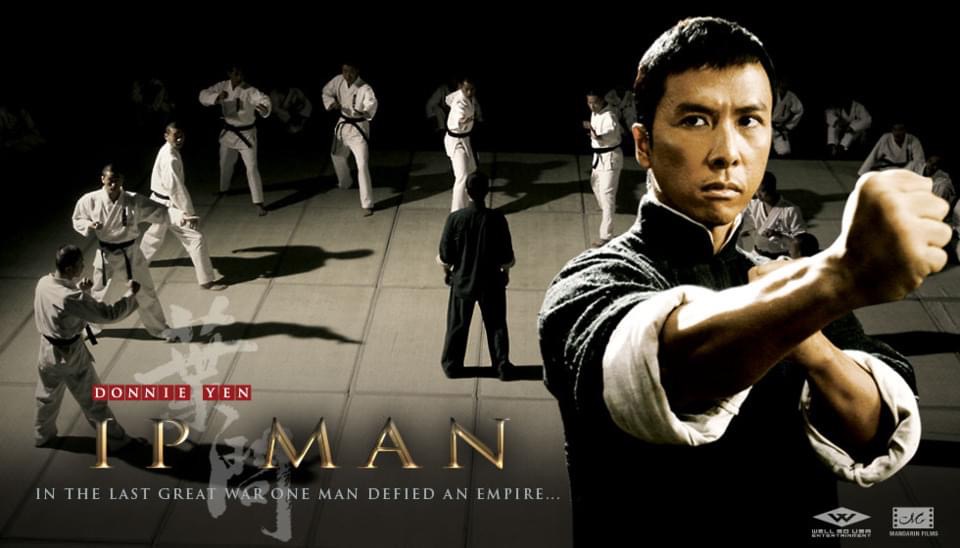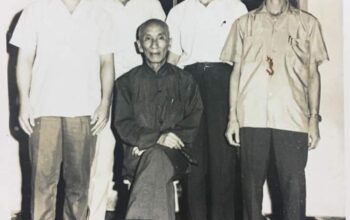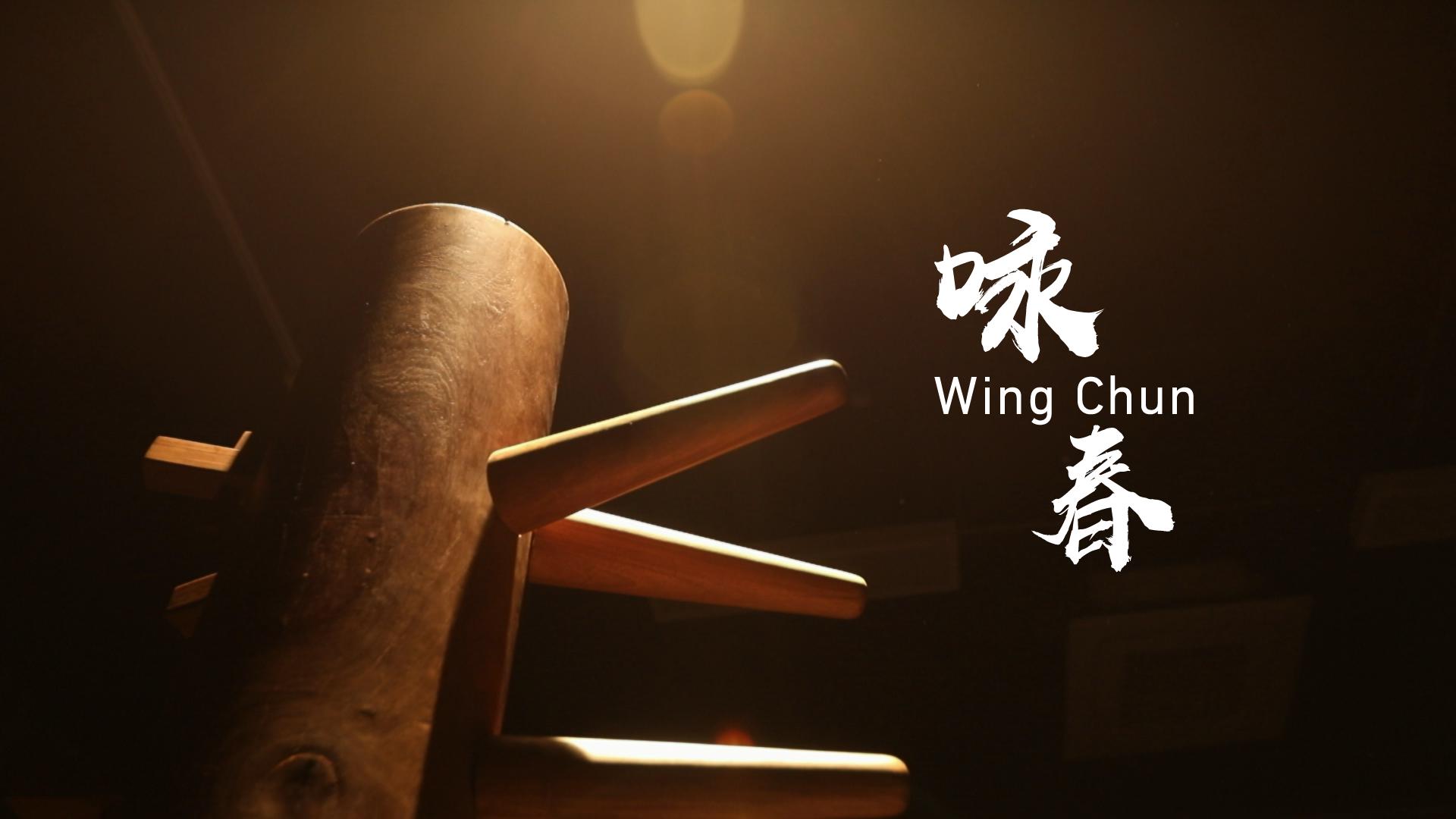The Art of Wing Chun: Navigating Multiple Attackers
Introduction:
Wing Chun, a traditional Chinese martial art, is renowned for its efficiency, practicality, and emphasis on close-quarters combat. Developed centuries ago, Wing Chun has captured the interest of martial arts enthusiasts around the world. However, a common question often arises among practitioners and observers alike: Can Wing Chun be used effectively against multiple attackers? In this article, we will explore the principles, techniques, and strategies of Wing Chun and examine its applicability when faced with multiple opponents.
Understanding Wing Chun:
Wing Chun is a martial art that focuses on economy of motion, simultaneous attack and defense, and the use of close-range techniques. It emphasizes speed, accuracy, and redirection of an opponent’s force. The style’s foundation lies in the concepts of centerline theory, maintaining balance, and exploiting an opponent’s weaknesses.
Centerline Theory:
The centerline theory, a core principle in Wing Chun, involves maintaining control of the imaginary vertical line running down the center of the body. By utilizing this line effectively, a practitioner can efficiently attack and defend against opponents. When facing multiple attackers, Wing Chun practitioners strive to control the centerline, directing their techniques toward the closest threat while keeping other attackers at bay.
Simultaneous Attack and Defense:
Wing Chun’s focus on simultaneous attack and defense enables practitioners to maintain a constant offensive and defensive flow. This approach is particularly advantageous when dealing with multiple attackers, as it allows practitioners to disrupt the attackers’ rhythm and maintain control of the situation. By striking swiftly and decisively while simultaneously deflecting or evading incoming attacks, Wing Chun practitioners can create openings to neutralize multiple opponents.
Exploiting Weaknesses:
Wing Chun emphasizes exploiting an opponent’s weaknesses, such as targeting vulnerable areas and utilizing leverage. This approach is equally applicable in a multiple attacker scenario. By targeting the attackers’ most vulnerable points, such as the eyes, throat, or groin, Wing Chun practitioners can quickly incapacitate or deter one opponent while transitioning to the next. Moreover, leveraging an opponent’s momentum and utilizing their bodies as shields can provide a temporary advantage when dealing with multiple assailants.
Strategies for Multiple Attackers:
While Wing Chun provides a solid foundation, employing specific strategies can enhance its effectiveness when facing multiple attackers:
- Maintain Mobility: Constant movement and footwork are crucial when outnumbered. By circling, pivoting, and repositioning strategically, practitioners can minimize the number of attackers engaging simultaneously.
- Prioritize Targets: Focus on the most immediate threats, aiming to neutralize or incapacitate them swiftly. Prioritizing targets based on proximity and level of threat allows practitioners to break the attackers’ unity and create opportunities for escape or further counterattacks.
- Control the Distance: Maintaining an optimal distance from attackers is essential. Wing Chun practitioners aim to keep opponents within their effective striking range, making it difficult for multiple attackers to coordinate their attacks effectively.
- Exploit the Environment: Utilize the surroundings to your advantage. Positioning oneself near walls or corners can limit the number of attackers engaging simultaneously, effectively reducing their ability to flank or surround the practitioner.
- Psychological Warfare: Wing Chun practitioners can employ psychological tactics to create fear and hesitation among attackers. Demonstrating confidence, skill, and an unwavering demeanor can discourage potential assailants and potentially deter them from engaging or provoke them into making mistakes.
Conclusion:
While facing multiple attackers presents a considerable challenge in any martial art, Wing Chun’s principles, techniques, and strategies can be effectively employed to navigate such situations. By understanding and applying the core principles of centerline theory, simultaneous attack and defense, and exploiting weaknesses, Wing Chun practitioners can maintain control, disrupt attackers’ rhythm, and neutralize multiple opponents. Coupled with strategic mobility







